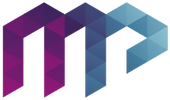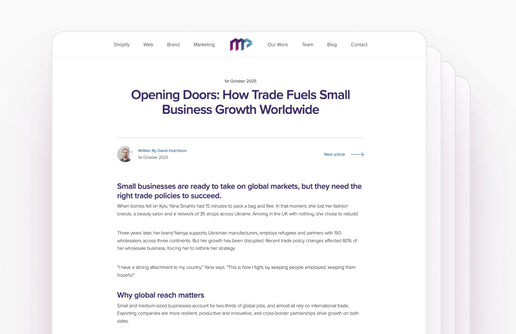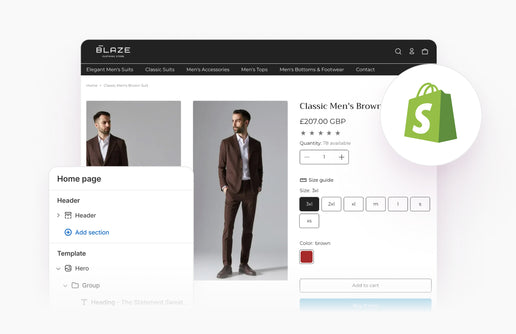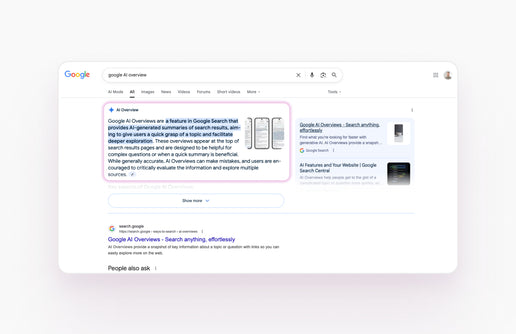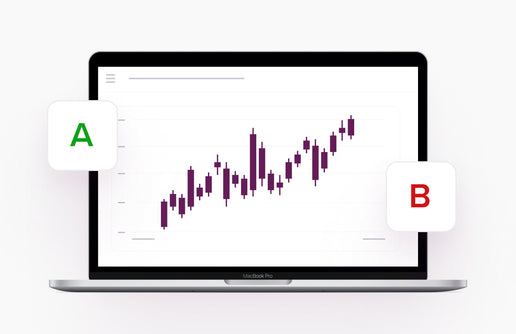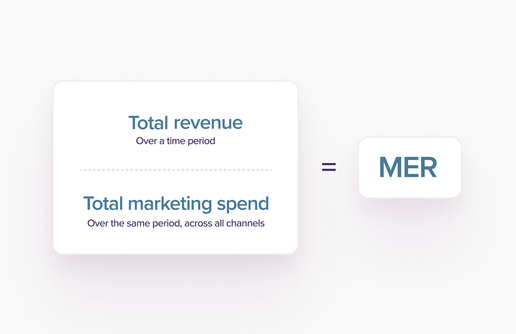Google’s Live Marketing 2025 brought some exciting updates, with the introduction of "AI Mode" in Search and the "Power Pack" portfolio strategy. Here, we dive into some of the most important updates for advertisers and businesses that Google announced.
Google Search: ‘AI Mode’
Google users previously had 2 options in Google Search: “Search” or “I’m feeling lucky” where Google automatically took users to the first result. Now, Google is starting to roll out ‘AI mode’. Where users can interact with Google’s AI to find what they need to find instead of scrolling through search results.
Google announced that both the existing AI overviews and the new AI mode will include Google search ads for users to click on.

Google Ads: Agent AI
Google is introducing an AI agent within Google Ads. Picture this as a personal AI assistant that can help you identify performance trends and identify next steps for optimisations. This will appear as a side bar on the right side of Google Ads.
Google Ads: The Power Pack
Last year Google announced the ‘Power Pair’ - which includes the use of Performance Max (Pmax) and Search campaigns within your Google Ads portfolio to target your users. For some brands, even though PMax includes all of Google’s networks, CPC’s and Google ads scripts indicate that most of the time, the shopping network is the most used channel. The addition of the search campaign allowed some guaranteed search visibility.
This has now evolved to the ‘Power Pack’ where Google recommends using a PMax campaign, a Search campaign with AI Max enabled and a Demand Gen Campaign. Let’s dive into the updates pertaining to these campaigns.

Performance Max
Channel Reporting
Previously, advertisers had to use Google ads scripts to see what channels their PMax campaigns were showing on (search, shopping display etc.). But Google has announced that channel reporting is coming to the native Google Ads dashboard, allowing you to see what channels your PMax campaign is displaying most on.
One user in the EMEA Marketing live conference asked what the point of channel reporting is if we can’t manually select placements. Google replied by saying that the channel reporting can still be used to identify what channels are not performing, allowing advertisers to focus their efforts on improving assets for that channel.

New targeting options
New targeting options within PMax campaigns allow advertisers to exclude people who: are already existing customers, are searching for your brand on Google, have already clicked on your ads or content on Google and YouTube, are website visitors or app users.
Search Terms Reporting
Google also announced that search terms reporting is coming to PMax, allowing you to see the same level of search terms detail in PMax insights that you can see in Search campaigns.
Search Campaigns
AI Max
Google recently announced AI Max for Search campaigns. This is a “one click” enablement in your campaign settings that will allow Google’s AI to optimise various elements of your search campaign. Google has also stated that this will bridge the current gap between the performance differences between the search element of PMax and a standard search campaign.
One viewer asked about the overlap in campaigns if an AI Max search campaign is running alongside a PMax campaign targeting similar search themes and landing pages. Google responded by saying that they can default back to ad rank to decide what the best performing ad is within an advertiser’s account. So if a user searches for something that applies to a Pmax and Search with AI Max, Google will look at all relevant campaigns and incorporate ad rank into their decision.
The Keywordless targeting element of AI Max allows Google to show your ads to more users who might not have searched for a keyword or phrase your campaign was targeting. AI Max understands more about the intent of the user, and uses information from your brands website, YouTube channel and more to discover if, regardless of keyword targeting, a user could be interested in your business. Google will generate new headlines if it feels that it could help a user convert.
Smart Bidding Exploration
Another ‘one-click’ setting within your campaigns budget and bidding settings that will allow Google to ‘explore new traffic’. You can set a ROAS target tolerance of between 10 - 30% that will allow Google to broaden its targeting slightly to find more users who may still convert and get you your desired ROAS.
Video Ads In Search Campaigns
Google also stressed the importance of video in converting users, and announced that videos will be a part of both search and shopping campaigns.
Demand Gen
New customers acquisition goal
A ‘New customers acquisition goal coming soon to Demand Gen that will allow Google to adjust your bidding to help you gain new customers.
Video attributed searches
Reporting on when YouTube ads have led to users going to Google to search for your brand or product.
Buy Within YouTube
Google is allowing users to shop products that relate to your YouTube ads straight from the couch. When users are watching YouTube videos and one of your ads comes up, Google can display your products and allow you to scan a QR code to go straight to your online store checkout and purchase that product.
Impact on Organic
How does Search and AI impact your organic rankings for your website? Google is still urging websites to create helpful, reliable, people-first content that adds value.
What Can We Do For You?
As your digital marketing agency, we’re always staying up to date on the latest Google Ads announcements to ensure we are running the best possible campaigns for your business. Get in touch to find out how we can use Google’s latest technologies to propel your business.
